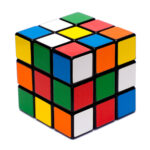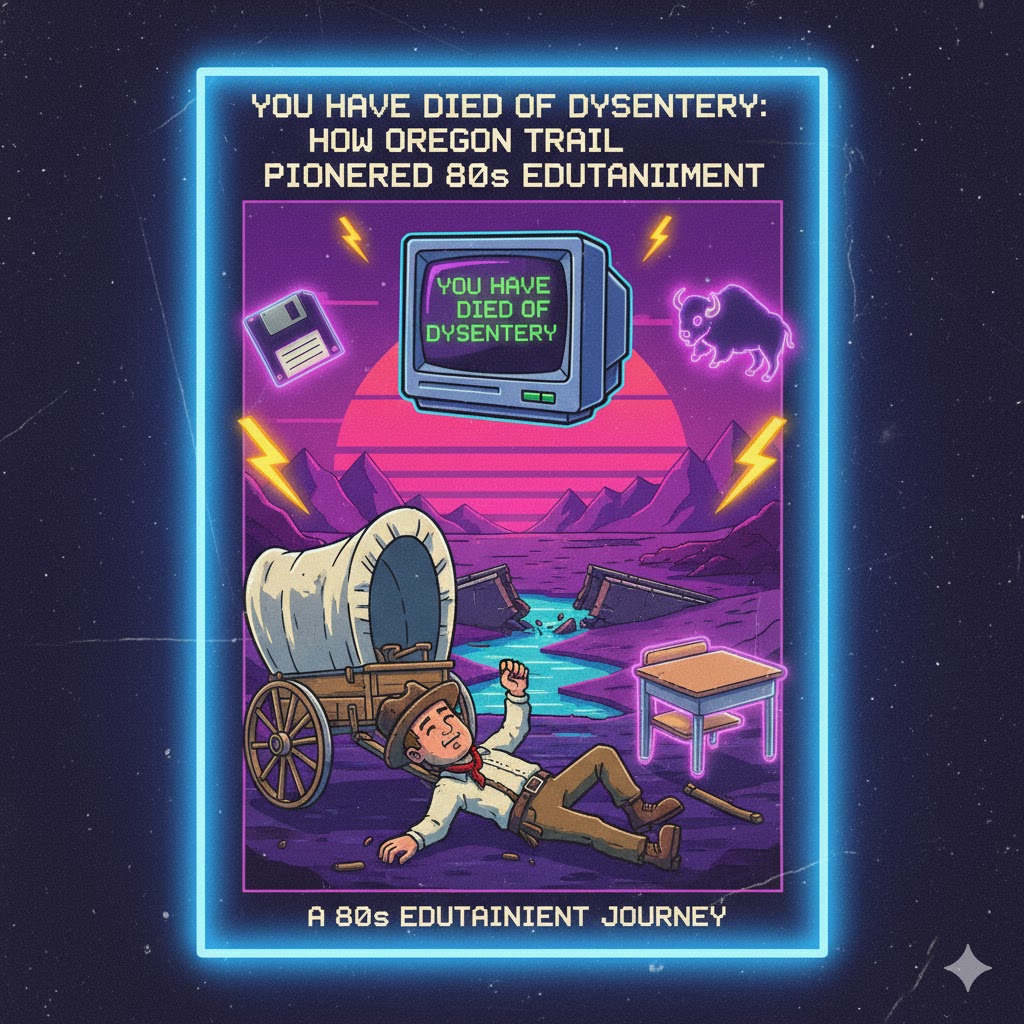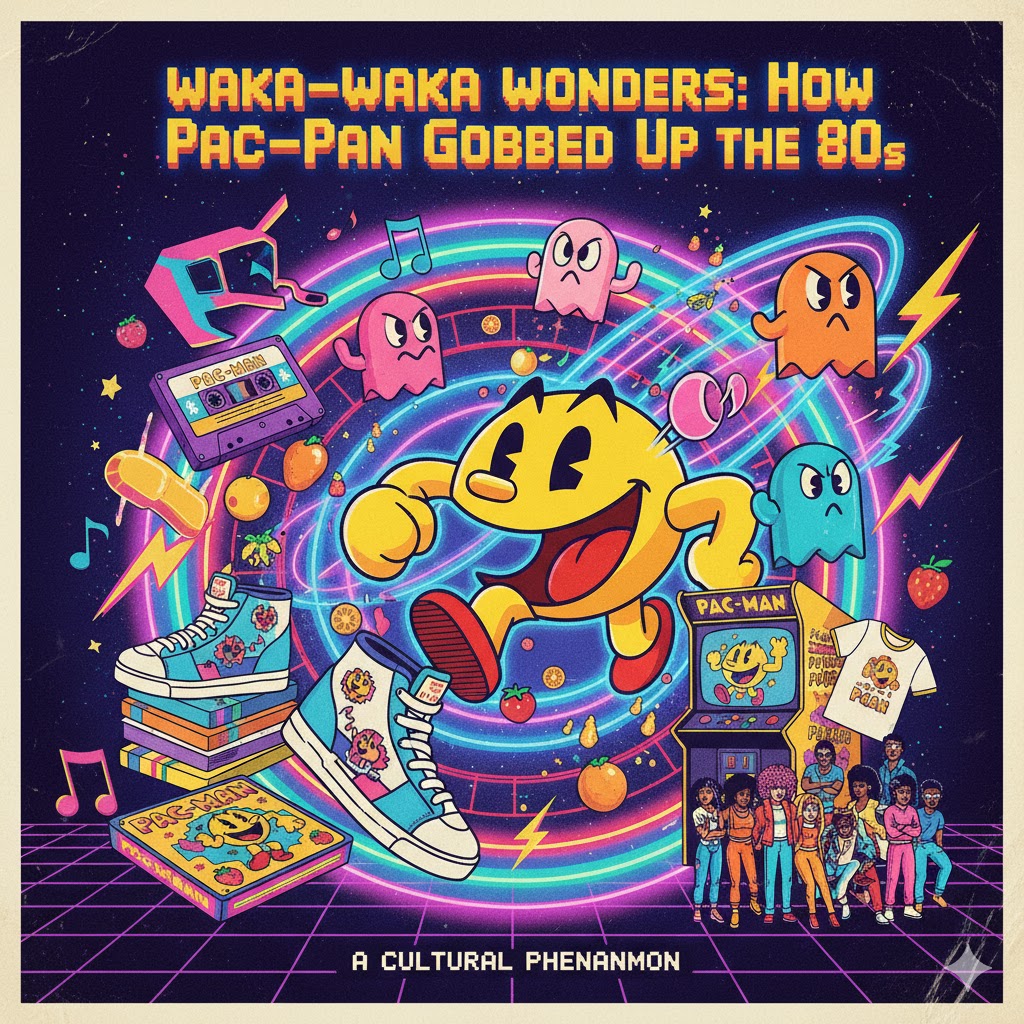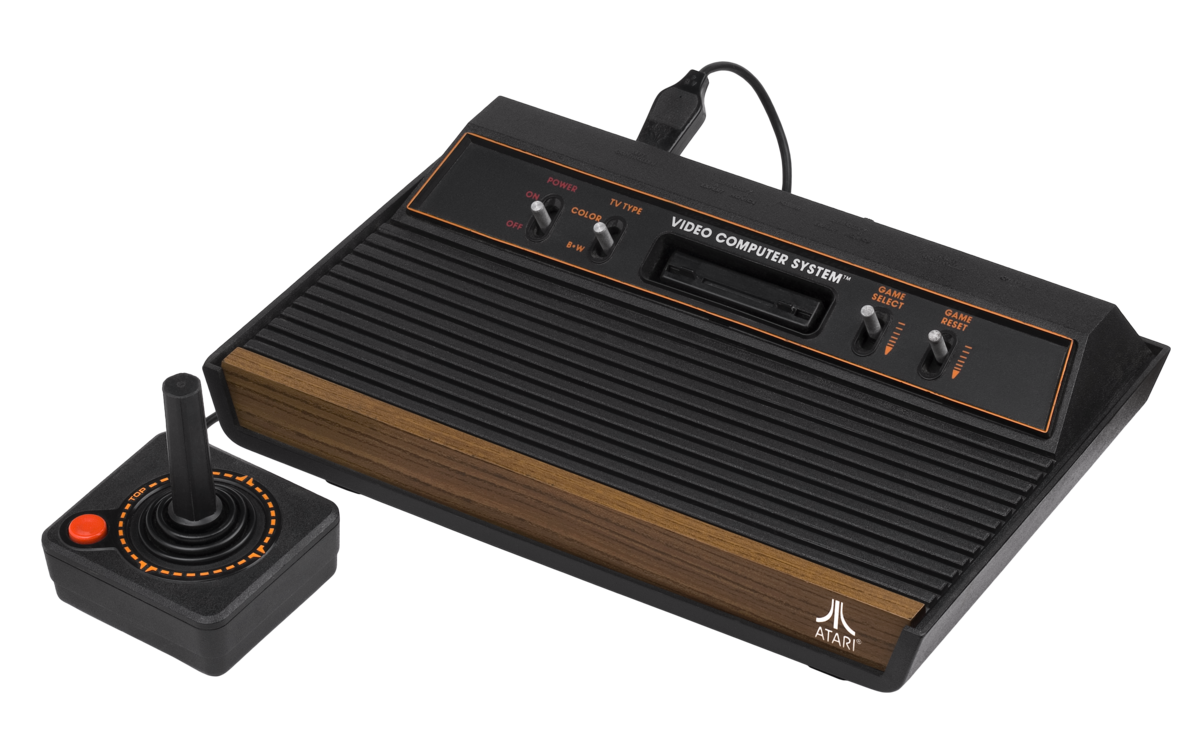 Few toys have captured the spirit of an era like the Rubik’s Cube. Invented in 1974 by Hungarian architect and professor Ernő Rubik, the Cube was originally a teaching tool designed to help students understand three-dimensional geometry. Yet by the late 1970s and early 1980s, it had transcended its educational origins to become a global phenomenon, dominating toy shelves, inspiring competitions, and cementing its place in pop culture.
Few toys have captured the spirit of an era like the Rubik’s Cube. Invented in 1974 by Hungarian architect and professor Ernő Rubik, the Cube was originally a teaching tool designed to help students understand three-dimensional geometry. Yet by the late 1970s and early 1980s, it had transcended its educational origins to become a global phenomenon, dominating toy shelves, inspiring competitions, and cementing its place in pop culture.
The Rubik’s Cube is deceptively simple: a six-sided cube with each face covered by nine stickers of a single color. By twisting and turning its segments, the user must scramble and then restore the cube so that each face returns to a uniform color. While it may seem straightforward, the puzzle has 43 quintillion possible permutations, making it as frustrating as it is fascinating. This unique blend of accessibility and complexity is part of what made the Cube irresistible, especially in the playful, experimental spirit of the 1980s.
The Cube officially arrived in the United States in 1980 and quickly became a symbol of the decade. Its neon-colored stickers perfectly matched the era’s love of bright, bold visuals, while its challenging nature appealed to a generation increasingly obsessed with brain teasers, logic games, and intellectual cool. No 1980s bedroom was complete without a Rubik’s Cube perched on a desk or nightstand, a visual badge of smart, quirky style. It wasn’t just a toy—it was a statement.
Television and film of the era embraced the Cube’s cultural significance. From movies like The Breakfast Club and Back to the Future to countless sitcoms, the Cube was often used as a prop to signify intelligence, obsession, or offbeat charm. Teen movies depicted characters flipping and twisting the puzzle during moments of reflection or boredom, capturing the puzzle’s ubiquity among young people. Its presence in pop culture was so strong that being able to solve it became a mark of social and intellectual status. Magazines, commercials, and even music videos frequently referenced or featured the Cube, embedding it deeply into the visual landscape of the 1980s.
Beyond its aesthetic and symbolic appeal, the Rubik’s Cube also sparked a competitive craze. Speedcubing, or the art of solving the cube in the fastest time possible, began to gain traction in the early 1980s, with informal competitions popping up in schools, malls, and community centers. While records were slower by today’s standards, the concept of racing against the clock to solve a puzzle captured the competitive, high-energy spirit of the decade. People were drawn to the Cube because it offered both an individual challenge and a way to impress peers—qualities that fit perfectly with the self-expression and achievement-driven ethos of 80s youth culture.
The Rubik’s Cube also inspired fashion, design, and merchandise. Its iconic six-color scheme influenced everything from clothing to jewelry, and its distinctive shape appeared on posters, stickers, and backpacks. Neon-colored Cube keychains, necklaces, and even earrings became a must-have accessory for teens, blending playfulness with the decade’s love of bold geometric designs. In many ways, the Cube epitomized the 1980s: colorful, challenging, and unapologetically fun.
Educationally, the Cube remained significant. Teachers and parents recognized its potential for teaching problem-solving, spatial reasoning, and algorithmic thinking. Children who spent hours turning and twisting the Cube were developing skills that would serve them far beyond playtime, even as they became part of a broader cultural movement that celebrated intelligence, creativity, and quirky individuality.
Even decades later, the Rubik’s Cube retains its 80s aura. Retro enthusiasts and collectors often cite the early 1980s as the Cube’s golden era, when it was more than a toy—it was a phenomenon that defined a generation. Modern variations, from speedcubing innovations to mirrored or irregularly shaped cubes, continue to honor its original spirit while adapting to new audiences. Yet for many, the Cube will always evoke memories of a neon-hued decade of big hair, cassette tapes, arcade games, and relentless curiosity.
Ultimately, the Rubik’s Cube is more than a puzzle. It is a cultural icon, a mental workout, and a vibrant symbol of the 1980s. Ernő Rubik may have invented it as an educational tool, but he unwittingly created a pop culture legend. Its presence in movies, TV shows, fashion, and competitions of the 1980s ensured that the Cube was not just a challenge for the brain, but a badge of individuality, intelligence, and style. Solving it was more than a victory—it was a rite of passage, a way to claim a piece of the colorful, dynamic decade that continues to inspire and fascinate generations today.


